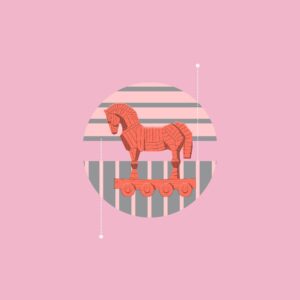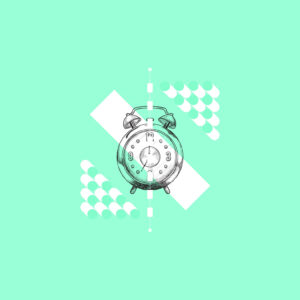
Crisis Reveals Who Holds the Line
Crisis is often framed as a test of individual strength. But what it actually reveals is structural discipline—who holds role under pressure, who absorbs signal cleanly, and who transmits stability without adding noise. The real difference in crisis isn’t charisma or speed. It’s containment.
When systems destabilize, people don’t look for performance—they look for coherence. The most effective leaders are not those who provide immediate solutions or speak the loudest. They’re the ones who hold position when nothing is certain, transmit clarity without escalation, and model behavioral steadiness others can calibrate to.
The instinct in crisis is to do more. More communication, more planning, more energy. But clarity under pressure rarely comes from amplification. It comes from reduction. What needs to be said. What must be held. What cannot be allowed to move. Leaders who over-function in these moments often signal instability rather than strength.
When containment is missing, fear disperses laterally. Teams begin managing their own sense of safety. Emotional escalation spreads. Decision velocity drops. And the system starts reacting to symptoms rather than governing from core. The structure appears active, but it’s burning trust just to keep moving.
This is when leadership becomes compensatory instead of directive. People spend more time interpreting tone than executing priorities. Ambiguity turns into effort. The cost is rarely immediate—it plays out in lowered resilience, delayed alignment, and quiet exit of high-integrity operators who can no longer anchor themselves in signal.
Leading through crisis doesn’t require having the answers. It requires holding the line. Leaders who stay inside role, speak with disciplined transparency, and create space for others to process without collapse become stabilizers—not saviors. They set the behavioral rhythm that makes coherence possible.
And part of that rhythm includes rest. Crisis does not justify exhaustion. Systems that equate resilience with pushing through will fracture silently over time. Sustainable leadership doesn’t perform toughness—it protects the field. When leaders model pause, recalibration, and recovery as necessary behaviors, they extend operational capacity without depletion.
What distinguishes leadership in crisis isn’t dominance or visibility. It’s behavioral design under pressure—the ability to preserve coherence when everything else wants to move. Because crisis doesn’t reward force. It rewards structure that holds.







